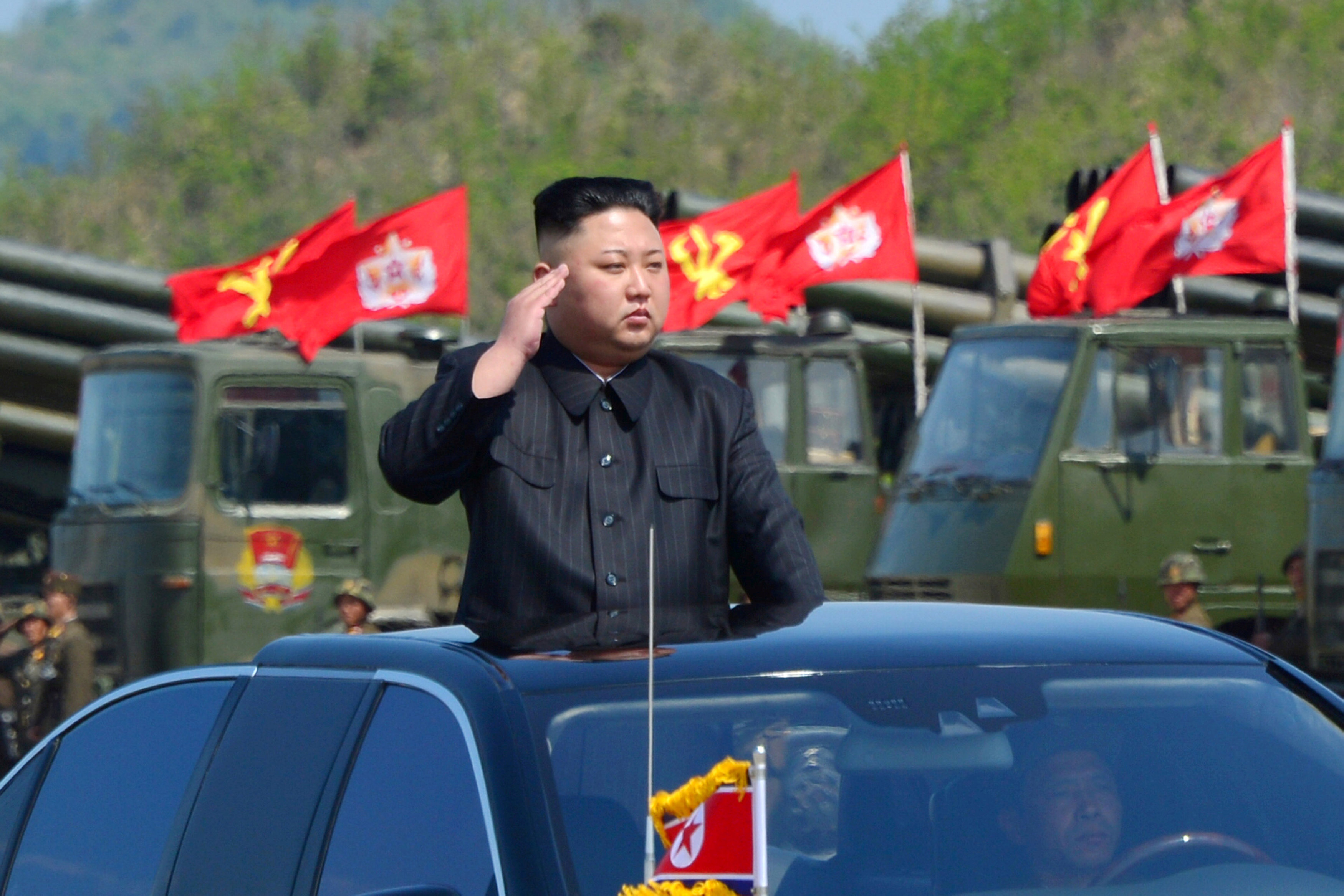
WASHINGTON (Reuters) – The U.S. military has put countering China and Russia at the heart of a new national defense strategy unveiled on Friday, the latest sign of shifting American priorities after more than a decade and a half of focusing on the fight against Islamist militants.
The strategy document, the first of its kind since at least 2014, sets priorities for the U.S. Defense Department that are expected to be reflected in future defense spending requests. The Pentagon released an unclassified, 11-page version of the document on Friday.
The so-called “National Defense Strategy” represents the latest sign of hardening resolve by President Donald Trump’s administration to address challenges from Russia and China, despite Trump’s calls for improved ties with Moscow and Beijing.
“It is increasingly clear that China and Russia want to shape a world consistent with their authoritarian model – gaining veto authority over other nations’ economic, diplomatic and security decisions,” the document said.
Elbridge Colby, deputy assistant secretary of defense for strategy and force development, said at a briefing with reporters that Russia was far more brazen than China in its use of military power.
Russia annexed Ukraine’s Crimean peninsula in 2014 and intervened militarily in Syria to support its ally, Syrian President Bashar al-Assad. Still, Moscow was limited by its economic resources, Colby said.
China, on the other hand, was described as economically and militarily ascendant by the document. It has embarked on far-reaching military modernization that Colby said was in “deep contravention to our interests.”
“This strategy really represents a fundamental shift to say, look, we have to get back, in a sense, to the basics of the potential for war and this strategy says the focus will be on prioritizing preparedness for war, in particular major power war,” he added.
The document also listed North Korea among the Pentagon’s top priorities, citing the need to focus U.S. missile defenses against the threat from Pyongyang, which beyond its nuclear weapons has also amassed an arsenal of biological, chemical, and conventional arms.
It said that while state actors would have to be countered, non-state actors like Islamist militants would continue to pose a threat.
The document said that international alliances would be critical for the U.S. military, by far the world’s best-resourced. But it also stressed a need for burden-sharing, an apparent nod to Trump’s public criticism of allies who he says unfairly take advantage of U.S. security guarantees.
(Reporting by Idrees Ali, Editing by Rosalba O’Brien)



